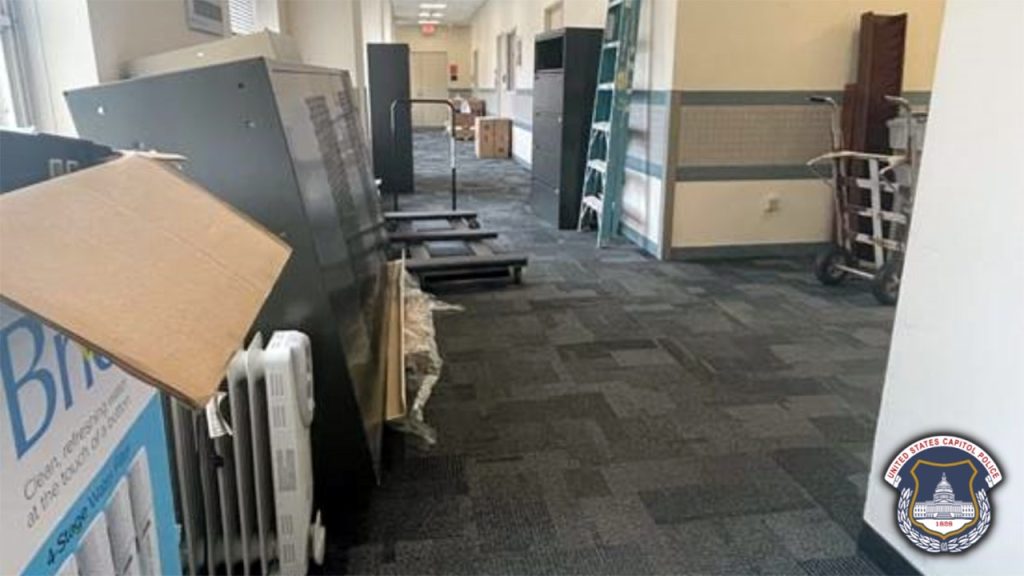The U.S. Capitol Police found a small bag of cocaine in a heavily trafficked hallway of its headquarters, filled with a white powdery substance that tested positive for cocaine. The bag was discovered on the second floor of the headquarters in an area used for storing furniture and supplies, frequented by contractors and employees, and located near various offices. An officer found the bag in the middle of the floor and reported it to a supervisor, prompting an investigation by USCP. Further testing and DNA analysis of the bag will be conducted to determine more details.
This discovery came just 10 months after cocaine was found in the White House, leading to an evacuation and emergency response by the Secret Service Uniformed Division. The White House complex was temporarily closed as officials investigated the unknown item found in the West Wing. The DC Fire Department determined the item was non-hazardous and sent it for further evaluation, with an ongoing investigation into how it entered the White House. The incident raised concerns about security protocols and safety measures in place at high-profile government buildings.
The presence of cocaine in both the U.S. Capitol Police headquarters and the White House raises questions about drug enforcement and security measures in federal buildings. The incidents also highlight the prevalence of drug use and trafficking in Washington, D.C., and the challenges faced by law enforcement agencies in detecting and preventing such activities. The agencies involved will need to review their protocols and procedures to ensure the safety and security of their facilities and personnel.
Concerns have been raised about the impact of these drug-related incidents on public perception of government institutions and the effectiveness of security measures in place. The findings of cocaine in prominent locations like the U.S. Capitol Police headquarters and the White House may erode trust in law enforcement agencies and raise questions about their ability to detect and prevent illegal activities. Public officials will need to address these concerns and reassure the public that appropriate measures are being taken to address the issues.
The U.S. Capitol Police’s announcement of the cocaine discovery and subsequent investigation underscores the need for vigilance and thorough security protocols in federal buildings. The agency’s response to the incident, including testing and analysis to determine the origin and nature of the substance, demonstrates a commitment to ensuring the safety of its premises and personnel. The findings will likely prompt a review of security procedures and protocols at the headquarters to prevent similar incidents in the future.
Overall, the incidents of cocaine found in the U.S. Capitol Police headquarters and the White House highlight the ongoing challenges faced by law enforcement agencies in maintaining security in high-profile government buildings. The discovery of illegal substances in these locations underscores the need for heightened vigilance and effective detection measures to prevent unauthorized access and illegal activities. It is essential for agencies to continue to review and enhance their security protocols to address evolving threats and ensure the safety and security of government facilities and personnel.


